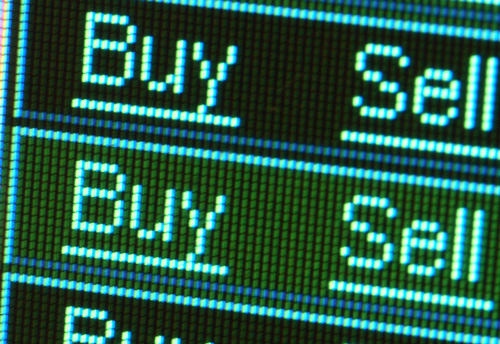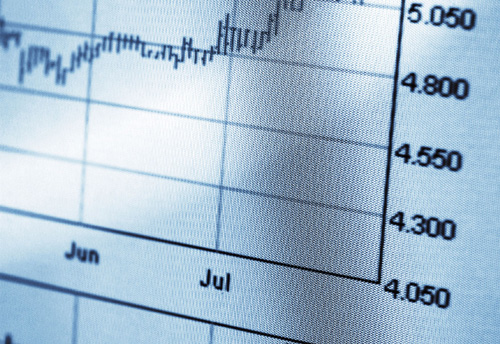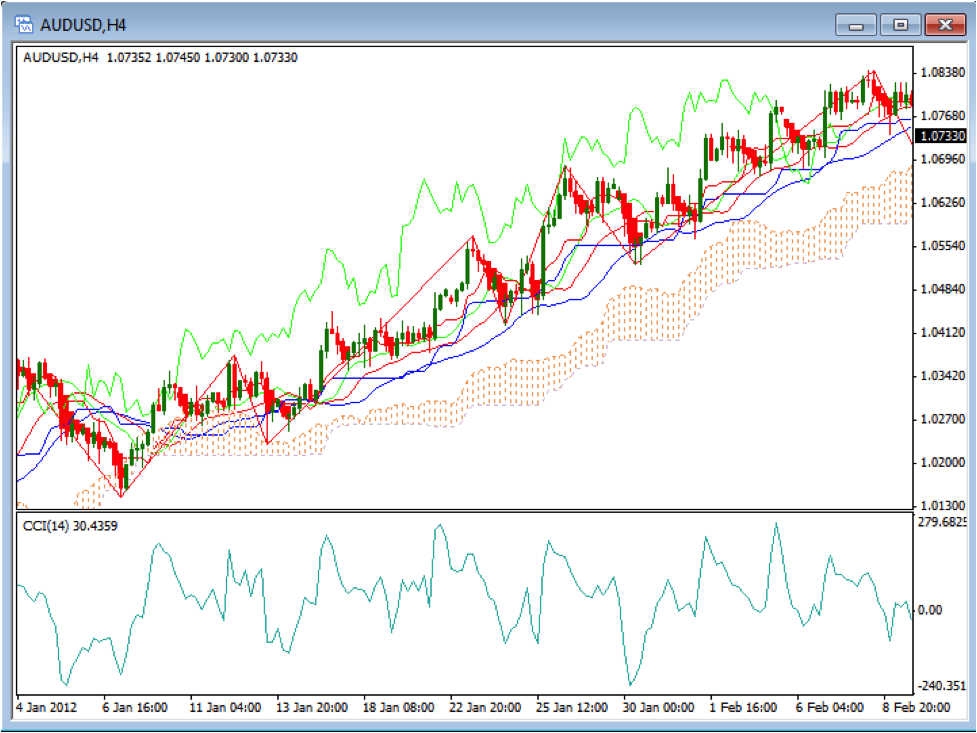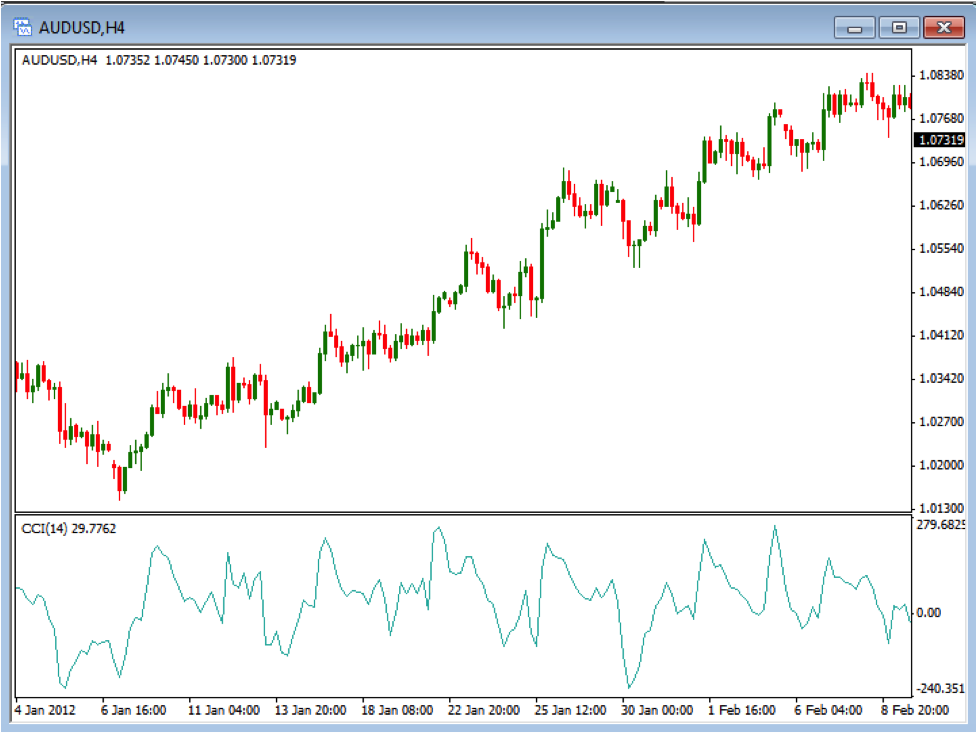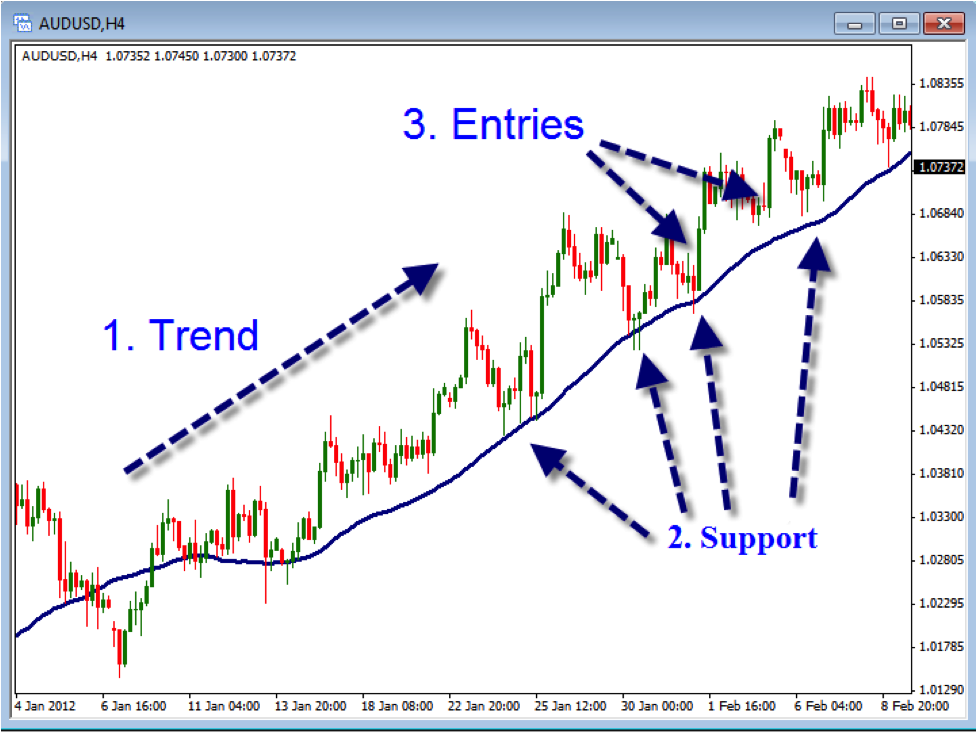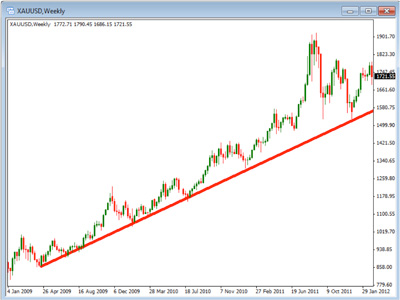I don’t go on “rants” very often, but I’m finding it very hard to hide my anger about today’s current economic crisis. Let me start by talking to you for a minute about the economy and the financial situation in the world as it impacts you and your personal situation.
Let me ask you a few questions. How confident are you that the politicians will be able to bail us out of this mess that we’re in – this fiscal mess that we’re in? If you’re like me, you’re not very confident.
Because you see at the national level here in the United States, the total public debt is north of $15 trillion, the annual deficit, I think, is $1.5 trillion. Hard to keep track of numbers so big. Plus, the actual total debt of the United States is far greater than that. Interest rates are at an all-time low, and really at a level that’s unsustainable. That means the debt service, or the interest that the US government pays on that $15 trillion, percentage-wise, is at an all-time low. Can you imagine what happens when interest rates get back to normal? The interest on the debt alone will consume a very large portion of the federal budget… if we had one.
Now, what about the state level? Well, I know several states are in very dire financial straits. What about at the city level? Well, there are many, many cities likewise in dire financial straits. So how comfortable are you that the politicians on all those levels – I don’t care which party it is – are going to solve the problem? Remember these are the same folks that got us into this mess.
How about the banks? How comfortable are you with them? You know, the “too big to fail” banks that got bailed out? The ones that have yet to be bailed out, that we don’t even know about?
How about the future of the US dollar (which looks to me to be precarious?) And of course, I’m not alone in that view. When you’ve got these massive deficits that can never be repaid – you know, you could double the income tax rate, just double it, and we’d still run a deficit, an annual deficit in this country? That’s how far gone the finances are.
So let’s look to Western Europe. That must be a safe haven over there. Of course not! As you know, they’re in very serious trouble as well. Some are technically bankrupt, as well as the big banks in Europe. Many of them are in a precarious position. So there’s no safe haven over there.
What about the currencies in Europe? The Euro, the British pound, the Swiss franc? Well, none of them seem to be a viable alternative to the dollar. Actually, that’s what I believe is extending the viability of the dollar, because there are no good alternatives, except possibly gold and silver.
Well, why am I telling you all this? How does this affect your financial situation? Well, a lot of folks traditionally are in a diversified portfolio, “buy and hold” kind of mode. That’s been a proven approach to participating in the markets, trying to minimize risk and eke out a profit. However in the last ten years, the S&P 500 basically hasn’t moved. So ten years have gone by and the S&P 500 is right where it was. So if you were to have bought and held the right stocks to even do this well, you would be at break-even. After gut-wrenching months in the red. Big time red, right? You went from 1500 S&P all the way down to 600. That’s a 900 point drop. You can do the math… that’s sixty percent. Who wants to sit through that? And of course it dropped, going back into 2000, a similar amount.
Then we hve a really nice rally again and we all start thinking everything’s going to be fine. Whoops! Nope. There’s another sell-off. This pattern continues over and over again.
The point is, if you’re going to rely on buy-and-hold in a diversified portfolio, you’re going to be disappointed. Certainly in the last ten years. Given all the financial stresses, the poor state of the economy all around the world… Buy and Hold is simply not something we can count on anymore.
Now, were there any opportunities though, in the stock market? Well, sure there were. You could there were MULTIPLE places where you could have gone long or short pulling in lot’s of profit. The key is to not buy and hold but to trade. When the market is trending down, go short, and when the market is trending up, go long. It’s a simple as that. If you had done that from the beginning, you would have made a bushel of money, like many hedge funds did.
Buying and selling stocks is NOT what a buy an hold investor does. It’s what a trader does. And I think THAT is the solution to finding financial success in the world we live in today. Now traditionally, only a few people would consider themselves traders, or “swing traders,” where they trade in and out of the markets in a matter of days, or a couple of weeks at the most.
But given the state of affairs today, I don’t see how anyone can sit idly by and let the politicians try and solve these problems that they’ve not been able to solve up until now. And they’ve made matters only worse, year after year after year, regardless of party. If you’re going to rely on them, you’re going to be waiting a long time. In the meantime, would it be okay if the market dropped back down to 700? Of course it would not. I’m not saying it’s going to do that, but could it do that? Of course it could. What’s your plan in the event that occurs? If you’re buy-and-hold, you don’t have one.
Now, I love this, “I’m a long-term investor, so I don’t care.” Well, here’s another tidbit: When the market peaked in 1929, it took how long before it got back to break-even? What year do you think it was, when it finally got back to the peak of 1929? 1954. Twenty-five years. Now that’s a long time to be a long term investor, just to break even.
Now, we still haven’t gotten back to the peak of ’00. 2000. On the S&P and certainly not on the NADSAQ.
So what I’m encouraging you to do is take control of your financial future. Learn how to become a trader. Now a lot of people think, “Oh, I don’t have time for that.” But if you trade daily stock charts, or daily Forex charts, or daily Exchange-Traded Funds charts, or daily gold and silver fund charts, or daily bond charts, you only need ten minutes a night. After the market’s closed. But what you do need is to take personal responsibility for your financial situation? You need to apply a disciplined approach to managing risk, first and foremost, and only then, going after profit. A good trading method will show you exactly how to do that.
So with that combination, what you can do is stop fretting and worrying about the future, take control and do well, no matter what happens. Whether the market drops off here like a stone, or whether it rallies nicely. Because, you know, we don’t know what the truth is. No one knows what’s going to happen. You can have all the smart people in the world forecasting for you, but the truth is, they don’t know. If they knew, there would be no market. And if they really knew, they wouldn’t be telling you.
So armed with a good trading method, though, you don’t care. Because a good trading method is going to have you on the right side of the market. So that you will never experience a sixty percent drop in your portfolio. In fact, you stand it on its head, you get short, and grow your portfolio.

